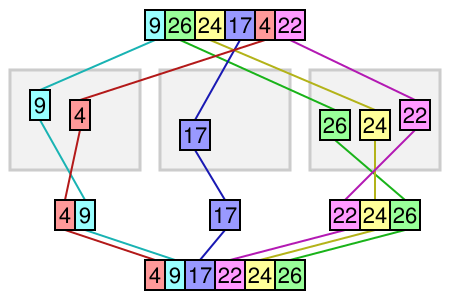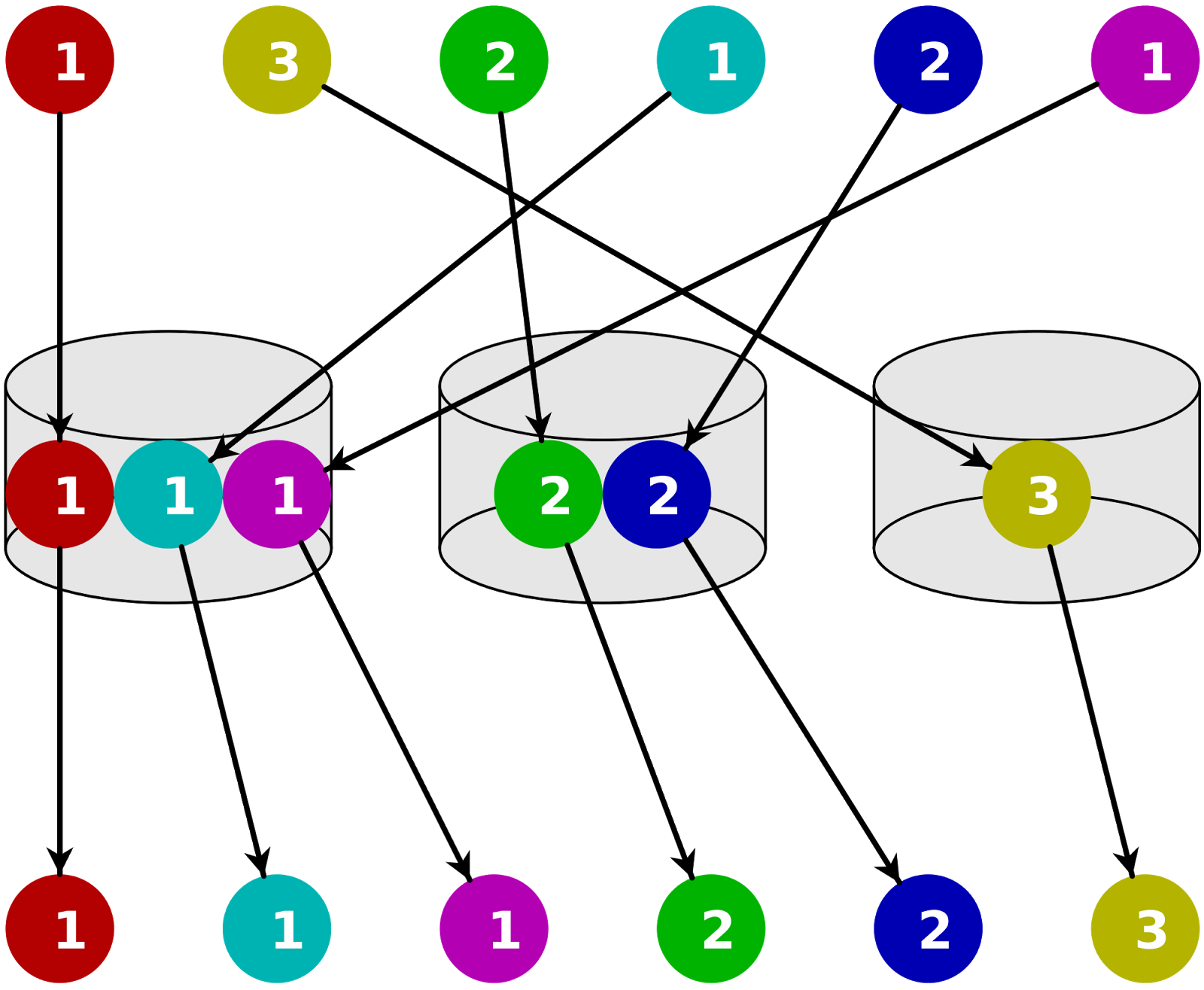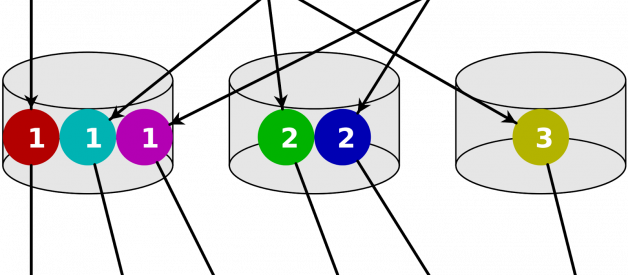This blog post is a continuation of a series of blog posts about Algorithms, as it has been a hard concept for me to grasp as a programmer. Feel to check out the first blogpost about Algorithms, where I provide an introduction of what Algorithms are and an example of an algorithm and the second blog post about Data Structures, where I explained what are Data Structures and what are some types of Data Structures. Also check out the third blog post about Time Complexity and Space Complexity, which I provide an explanation of Time and Space Complexity. I have also written a blog post about Big O Notation. Recently I have written blog posts about Binary Search, Linear Search, Interpolation Search, Sorting Algorithms, Selection Sort, Insertion Sort, Merge Sort, Quick Sort, and Bubble Sort.
This blog post I will focus on Bucket Sort. I will explain what Bucket Sort is, how Bucket Sort is associated with Algorithms, try to break down Bucket Sort step by step and provide an example.
What is Bucket Sort and how is it associated with Algorithms?
Bucket Sort is a sorting algorithm, which is commonly used in computer science. Bucket Sort works by distributing the elements of an array into a number of buckets. Each bucket is then sorted individually, either using a different sorting algorithm, or by recursively applying the bucket sorting algorithm.
Bucket Sort Algorithm: Steps on how it works:
- Create an empty array.
- Loop through the original array and put each object in a ?bucket?.
- Sort each of the non-empty buckets
- Check the buckets in order and then put all objects back into the original array.
Below is an image of an array, which needs to be sorted. We will use the Bucket Sort Algorithm, to sort this array:
 Bucket sort moves elements to buckets, then sorts the buckets.
Bucket sort moves elements to buckets, then sorts the buckets.
And here is another image:

Bucket Sort: An example
Here is an example of writing the Bucket Sort Algorithm based on the steps I provided earlier. Below I have written a function, which accept the following parameter: an array and a key. The function returns the sorted array.

Some Characteristics of Bucket Sort:
- Bucket sort assumes that the input is drawn from a uniform distribution.
- The computational complexity estimates involve the number of buckets.
- Bucket sort can be exceptionally fast because of the way elements are assigned to buckets, typically using an array where the index is the value.
- This means that more auxiliary memory is required for the buckets at the cost of running time than more comparison sorts.
- The average time complexity for Bucket Sort is O(n + k). The worst time complexity is O(n).
- The space complexity for Bucket Sort is O(n+k).
Overall Bucket Sort is an important concept to understand when it comes to algorithms. You can use it as an external sorting algorithm especially if you need to sort a list that is so huge you can?t fit it into memory. Thank you for reading this blog post.


